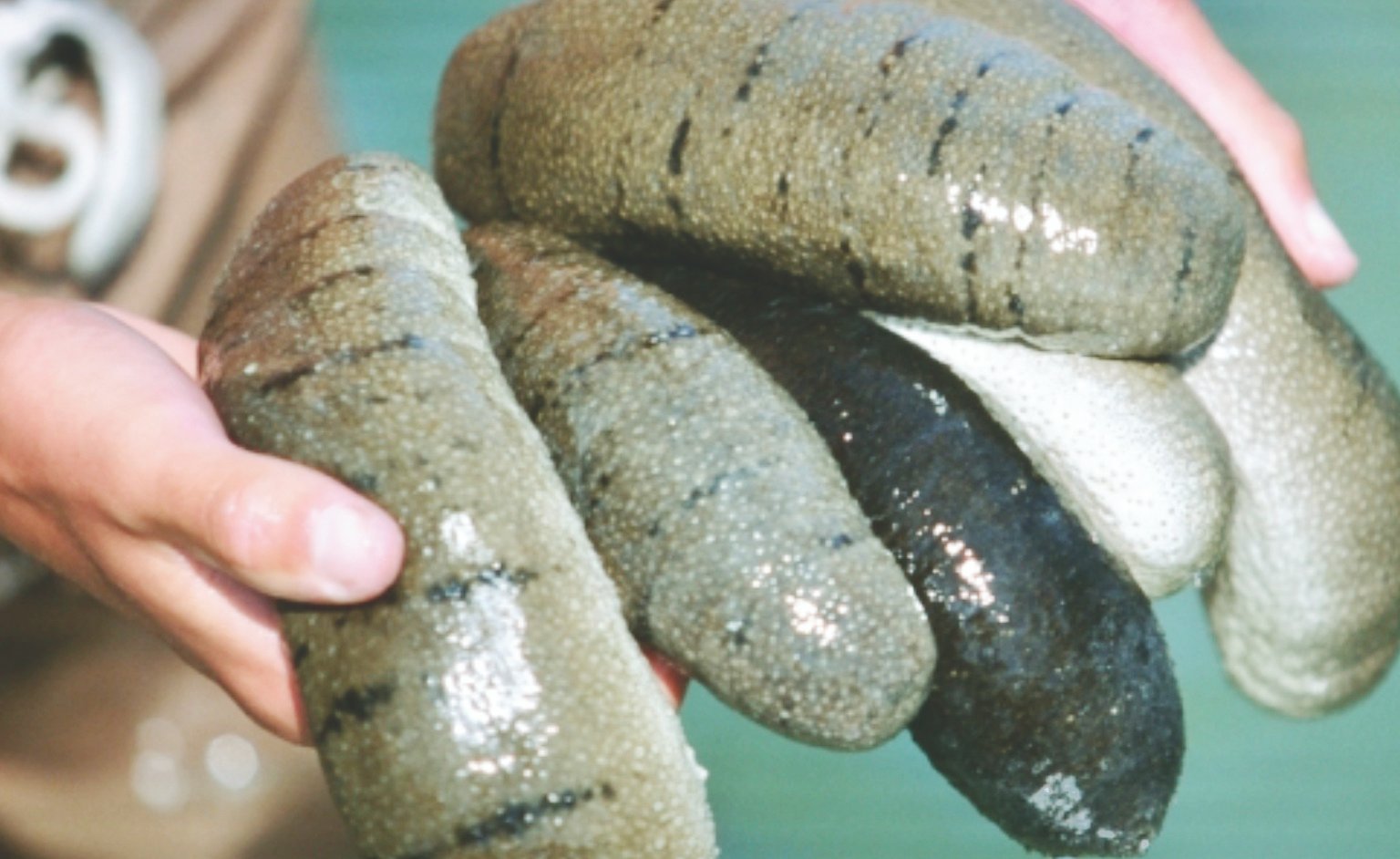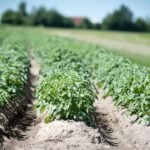Filipino Sea Cucumber Comeback in Bolinao
The Filipino sea cucumber comeback is transforming the coastal waters of Bolinao, Philippines. Once abundant, these “janitors of the sea” are returning thanks to local fisherfolk, especially women, who are leading sustainable sea ranching efforts.

Aweng Caasi, a 61-year-old widow, spends hours guarding a sea cucumber ranch. Her late husband, Ka Artem, helped start the project nearly 20 years ago. Now, Caasi continues his legacy by protecting and nurturing the creatures.
Why the Sea Cucumber Comeback Matters for Marine Life
Sea cucumbers, locally called balat or balatan, have been harvested in Asia for centuries. They are prized for their culinary and medicinal value. In Chinese cuisine, some dried species are considered delicacies worth thousands of dollars per kilogram.
Beyond their market value, sea cucumbers are vital to marine health. They clean the seafloor by eating organic waste and recycling nutrients. Their presence improves sediment quality and supports coral reefs.
Filipino Sea Cucumber Decline and Fresh Start
In the 1980s, the Philippines led the world in sea cucumber exports. Fisherfolk in Bolinao could collect up to 100kg per person daily. By 2002, catches had dropped to just 2.5kg per person due to overfishing.
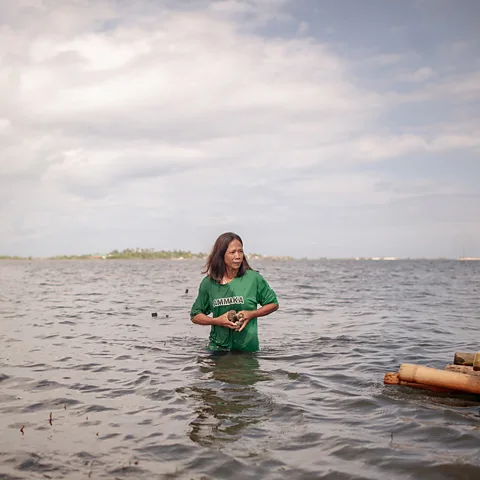
To revive the population, the University of the Philippines Marine Science Institute (UPMSI) partnered with locals. They developed hatcheries and sea ranching systems to allow young sea cucumbers to grow safely before being released.
Women at the Heart of Conservation
Women like Aweng Caasi, Marivic Carolino, and Gemma Candelario lead much of the work. They guard the ranch, monitor growth, and protect the sea cucumbers from poachers. “We want to restore them so they can multiply,” says Caasi.
Sea Ranching: A Sustainable Approach
The process begins at hatcheries, where larvae grow to 4mm, the size of a grain of rice. They are then transferred to floating nets, called hapas, where they feed on algae and bacteria. Once they reach the size of a thumb, they move to ocean nurseries for further growth.
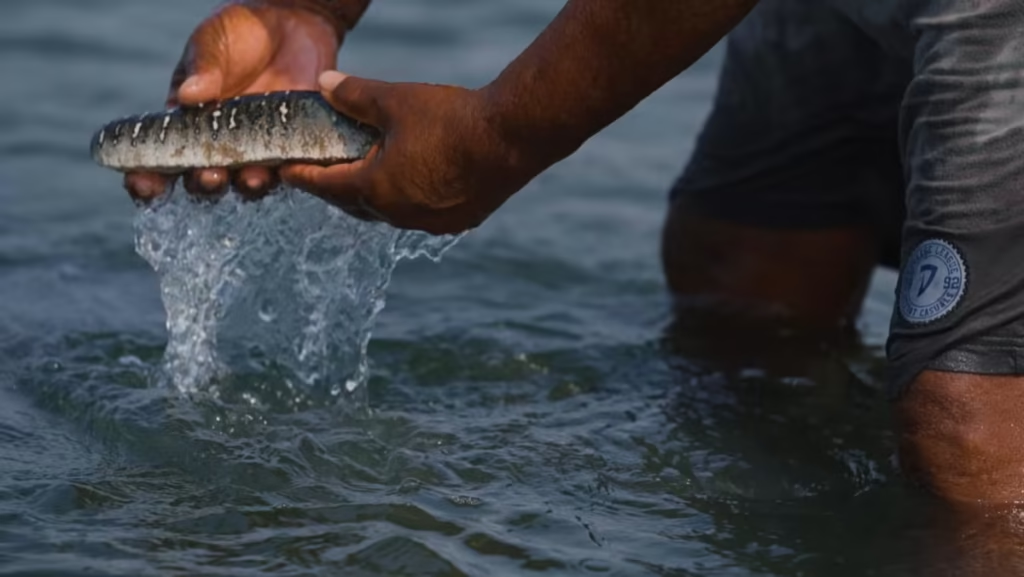
Finally, they are released into a larger ranch area to breed and reach a market weight of 320g. This careful cycle happens twice a year, ensuring a steady population increase.
Economic and Environmental Impact
The ranch’s population has grown from a few hundred to more than 4,400 sea cucumbers per hectare. This growth also attracts other marine life like fish, crabs, and shrimp. The creatures clean the seabed, which benefits the entire ecosystem.
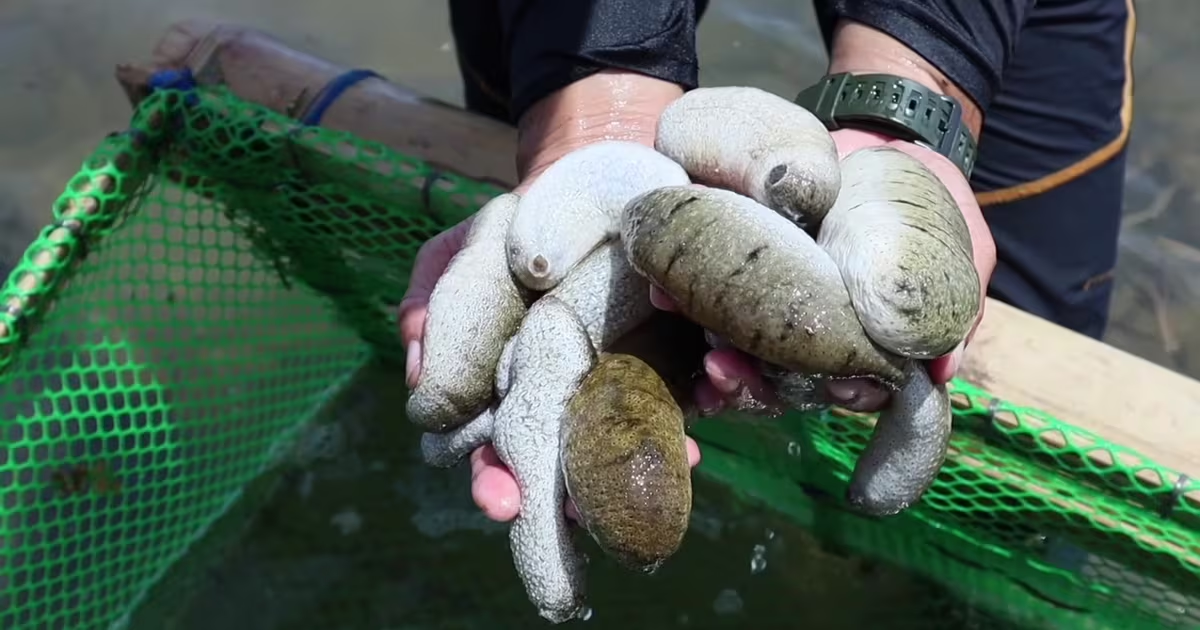
Though income from sea cucumber farming is modest, the ecological impact is huge. A new ordinance in 2025 declared Bolinao’s sea cucumber farms as exclusive reserves. This ensures sustainable harvesting and financial support for local communities.
A Legacy of Resilience
For the women involved, this project is about purpose as much as income. “I’m happy to see them grow bigger and multiply,” says Candelario. Caasi adds, “My husband’s work lives on. As he always said, ‘No retreat, no surrender.’”
